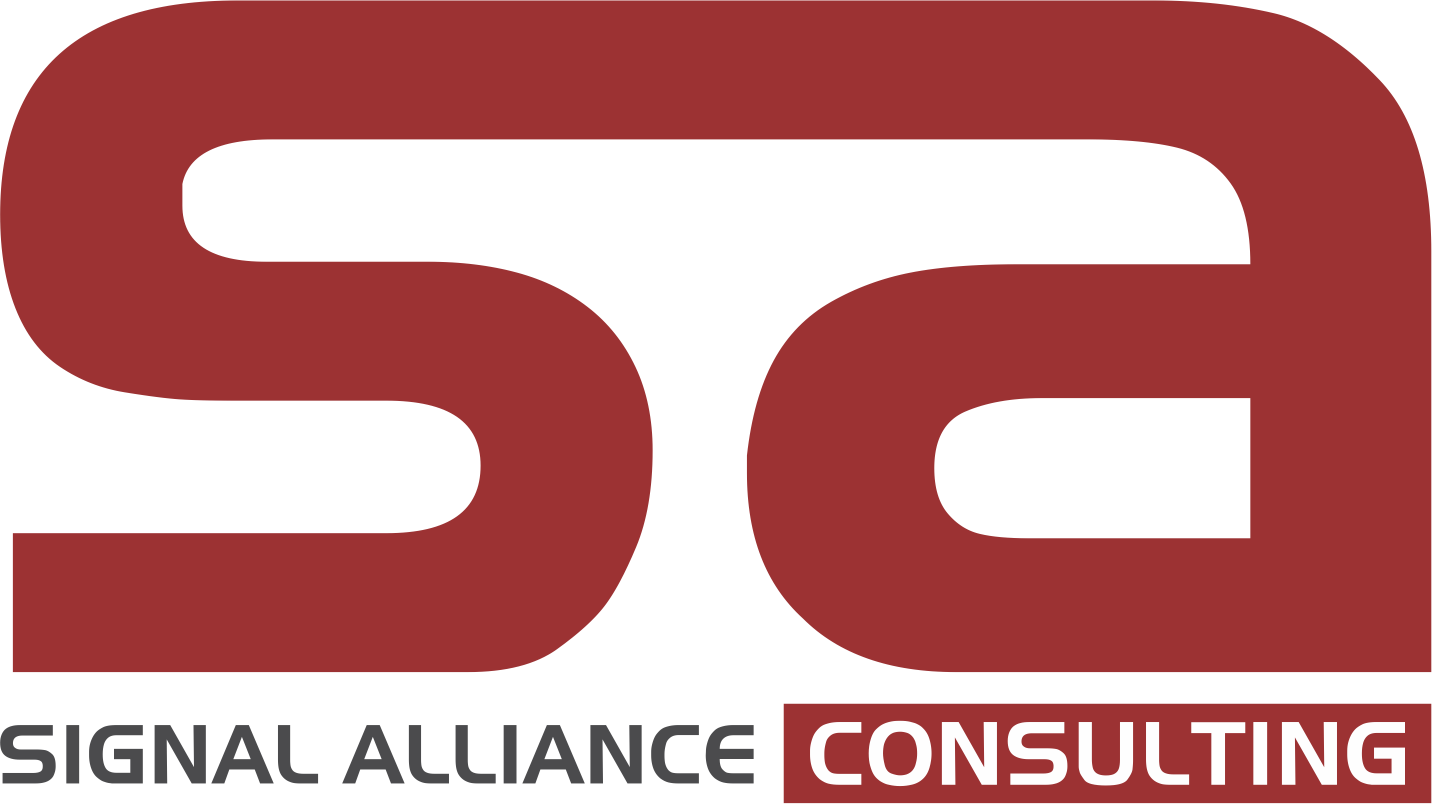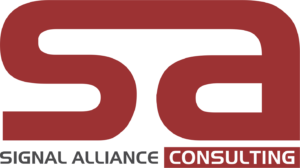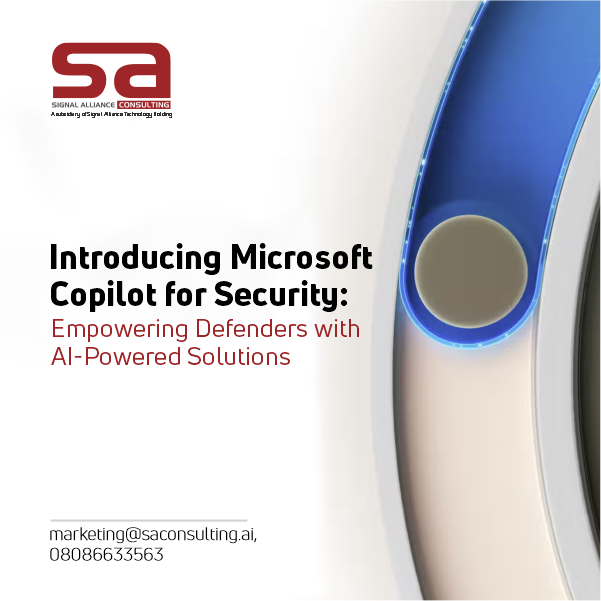In the rapidly evolving digital landscape, where data breaches and cyber threats pose significant risks to organizations, implementing effective identity and access management (IAM) strategies are paramount.
At SA Consulting, we understand the criticality of safeguarding sensitive information and mitigating security vulnerabilities.
We delve into the intricacies of IAM, providing you with invaluable insights and actionable recommendations to strengthen your organization’s security posture.
The Importance of Access Management
Effective IAM serves as the cornerstone of a robust security framework, By accurately identifying and authenticating users, granting appropriate access privileges, and diligently managing user credentials, organizations can minimize the likelihood of unauthorized access, data breaches, and insider threats.
IAM solutions enable businesses to maintain data integrity, protect valuable assets, ensure compliance with regulatory standards, and establish a secure digital ecosystem for both employees and customers.
Understanding IAM Components
-
Identity Lifecycle Management
A well-structured identity lifecycle management process enables organizations to streamline user provisioning, access request approvals, and de-provisioning workflows. By implementing automated workflows and role-based access controls (RBAC), your organization can reduce administrative overhead, improve operational efficiency, and enhance security by ensuring that users have only the necessary access privileges aligned with their roles and responsibilities.
-
Authentication and Authorization
Robust authentication mechanisms are critical to verify the legitimacy of users accessing digital resources. Employing multi-factor authentication (MFA) protocols, such as passwords, biometrics, and hardware tokens, adds an extra layer of security. Authorization, on the other hand, focuses on granting appropriate access privileges based on user roles, responsibilities, and the principle of least privilege (PoLP). Implementing fine-grained authorization policies mitigates the risk of unauthorized access and strengthens overall security.
-
Single Sign-On (SSO)
Single Sign-On solutions simplify user access management by enabling seamless authentication across multiple applications and systems. With SSO, users authenticate once and gain access to various resources without the need for repeated login prompts. This enhances user experience, improves productivity, and reduces the chances of weak passwords or credentials being compromised due to multiple login attempts.
-
Privileged Access Management (PAM)
Privileged accounts, such as system administrators and superusers, possess elevated access privileges and require specialized management. PAM solutions ensure that privileged credentials are securely stored, tightly controlled, and audited. By implementing just-in-time (JIT) access and session monitoring, your organization can minimize the risk of unauthorized activities and detect potential security breaches promptly.
Best Practices for Implementing IAM
Implementing a robust IAM strategy involves a combination of technological solutions, policy frameworks, and employee awareness. Here are some best practices to consider:
Conduct a Comprehensive Risk Assessment
Before implementing an IAM solution, it is crucial to conduct a thorough risk assessment. Identify potential vulnerabilities, evaluate threat vectors, and assess the impact of security incidents on your organization. This assessment forms the foundation for designing an effective IAM framework tailored to your specific requirements.
Adopt a Defense-in-Depth Approach.
Implementing multiple layers of security controls helps fortify your organization’s defences. Combine IAM solutions with firewalls, intrusion detection systems (IDS), encryption, and security information and event management (SIEM) tools to create a holistic security posture that addresses various attack vectors.
Regularly Review and Update Access Policies
As your organization evolves, access requirements change. Regularly review and update access policies, ensuring that they align with changing business needs. Implement a periodic access recertification
Implement a periodic access recertification process to validate user access rights and remove unnecessary privileges. This helps prevent the accumulation of dormant or outdated accounts that can serve as potential entry points for attackers.
Implement Strong Password Policies
Enforce robust password policies, including minimum length requirements, complexity rules, and regular password expiration. Encourage users to adopt passphrase-based passwords, which are longer and harder to crack than simple passwords.
Consider implementing password managers to facilitate secure password storage and reduce the risk of password reuse across multiple accounts.
Train Employees on Security Awareness
Educating employees about the importance of security awareness is vital to mitigating social engineering attacks and reinforcing good security practices.
Conduct regular training sessions that cover topics such as identifying phishing emails, recognizing suspicious behaviours, and reporting potential security incidents. Foster a culture of cybersecurity awareness throughout your organization.
Implement Continuous Monitoring and Auditing
Establish a robust monitoring and auditing system to track user activities, detect anomalies, and respond to potential security incidents promptly. Implement centralized logging and real-time monitoring tools that provide visibility into access attempts, privilege escalations, and unauthorized activities.
Regularly review logs and conduct proactive threat hunting to identify and mitigate potential risks.
Regularly Update and Patch IAM Solutions
IAM solutions evolve continuously to address emerging threats and vulnerabilities. Stay up to date with the latest releases, security patches, and updates provided by your IAM solution vendor.
Timely updates help ensure that your organization is protected against known vulnerabilities and exploits.
As organizations navigate the ever-changing digital landscape, implementing robust Identity and Access Management (IAM) practices becomes imperative to safeguard sensitive information, protect valuable assets, and ensure regulatory compliance.
By adopting the best practices outlined in this guide, your organization can enhance security, streamline access management processes, and build a resilient security framework.
Remember, IAM is not a one-time implementation but an ongoing commitment to proactive security. Regularly reassess your security posture, adapt to evolving threats, and invest in technologies and processes that strengthen your organization’s defense against cyber threats. With a comprehensive IAM strategy in place, you can empower your business to thrive securely in the digital age.
To learn more about how Signal Alliance Consulting can assist you in implementing effective IAM solutions tailored to your organization’s unique requirements, reach out to our expert team today.
Stay ahead of evolving cyber threats and safeguard your valuable assets with our cutting-edge IAM expertise.






